Description
Encompassing the contributions of expert clinicians and researchers in the area of traumatic stress and dissociation, this volume is the first to integrate current neuroscience research regarding traumatic dissociation with several cutting-edge approaches to treatment, providing a comprehensive, neurobiologically based treatment approach.
The text discusses current neuroscientific research regarding traumatic stress and dissociation that includes attachment, affective neuroscience, polyvagal theory, structural dissociation, and information processing theory, yielding a comprehensive model that guides treatment and clinical interventions for traumatic dissociation. It then integrates this model with stage-oriented treatment and current therapeutic interventions, including EMDR, somatic and body psychotherapy approaches, Ego State Therapy, and adjunctive pharmacological interventions. Readers are given hands-on practical guidance regarding clinical decision making, enabling them to make sound choices about interventions that will facilitate optimal treatment outcomes.
Key Features:
Provides a broad-based treatment approach to traumatic stress syndromes and dissociation
Offers accessible current research in the basic neurosciences relevant to our understanding of attachment, traumatic stress, and dissociation
Includes practical suggestions for integrating EMDR, somatic, and body psychotherapy approaches with Ego State Therapy and adjunctive pharmacological interventions
Integrates concepts from the affective and cognitive neurosciences and the study of consciousness
Presents a comprehensive neurobiological model that accounts for the therapeutic effects of both somatic therapies and EMDR, as well as adjunctive pharmacological interventions

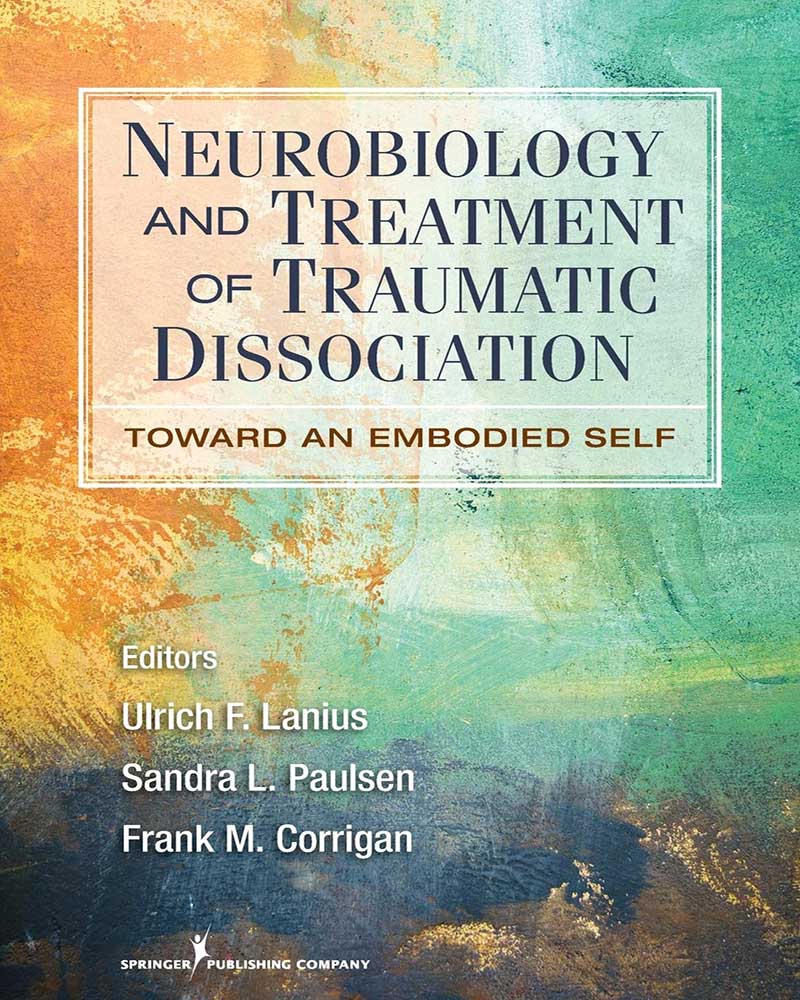




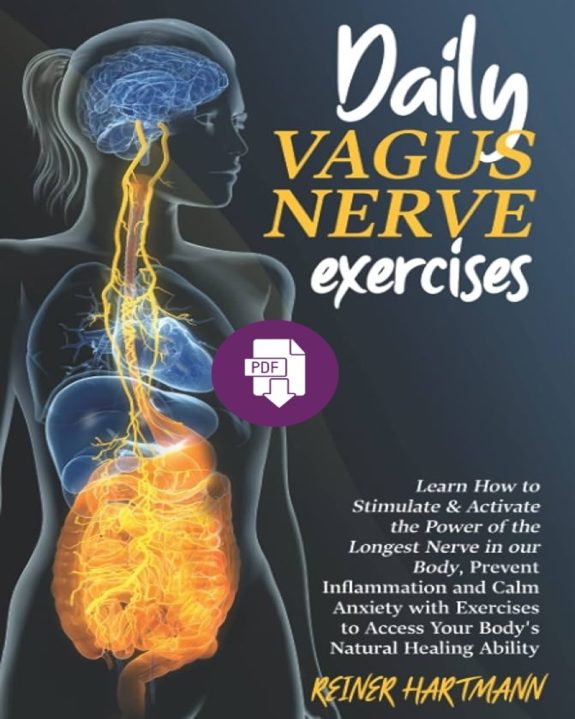



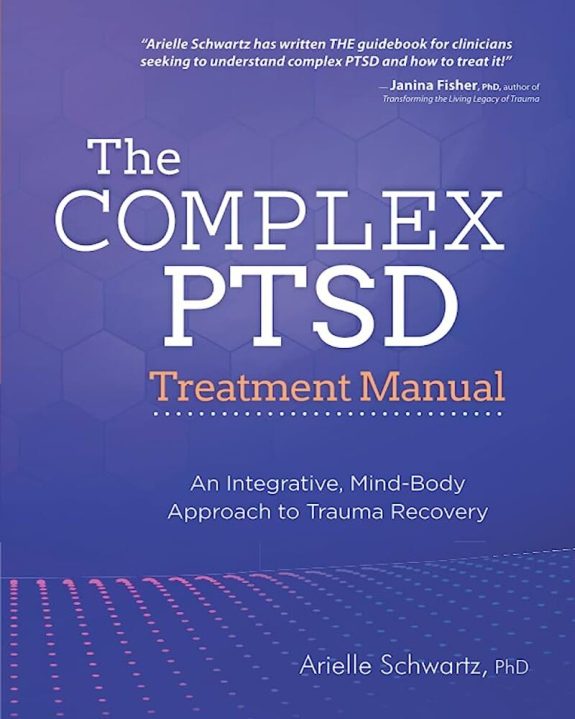


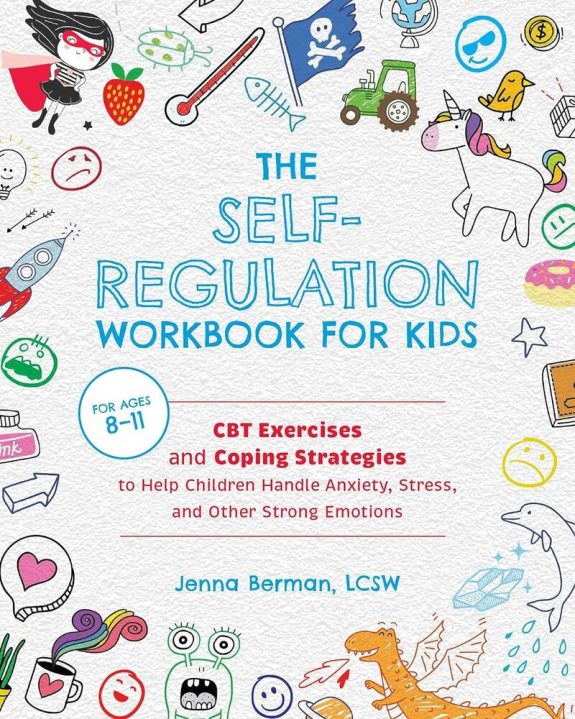
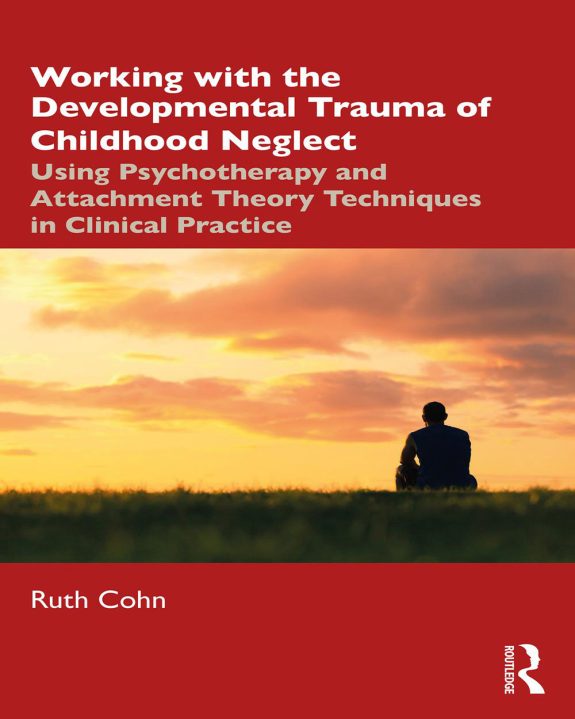
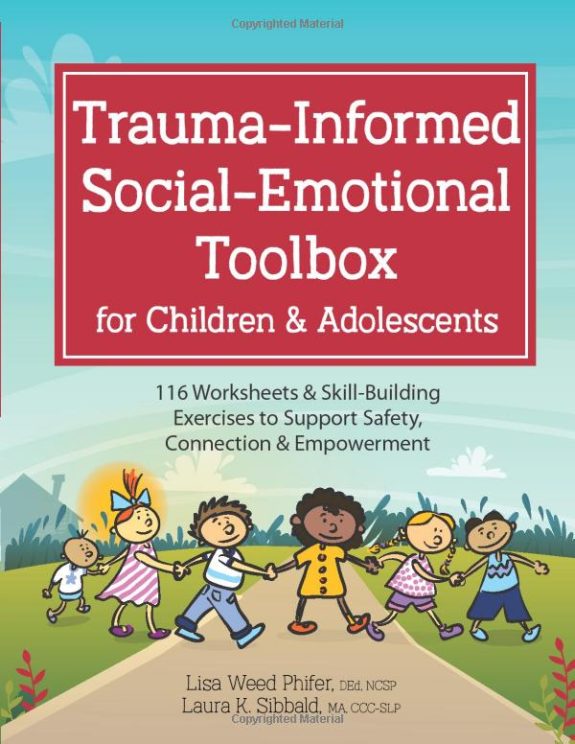

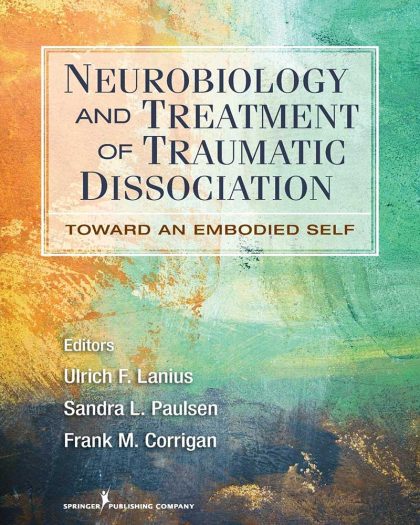
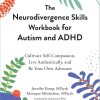

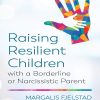
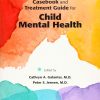
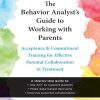
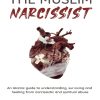

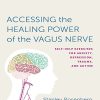
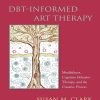
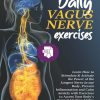
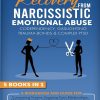


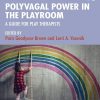

This is a solid, well researched book that helps therapists understand the biological and neurological effects of Trauma. Further, it applies that knowledge to the practical work of therapy. I wrote a brief article a few years ago on the Neurological effects of trauma and I wish I had this book then as a resource. I highly recommend this book for therapists and informed, curious individuals who are looking for a cutting edge read on the subject.
I highly recommend this book for anyone struggling with traumatic dissociation, or who is interested in the topic. The first part of this book explains in detail the neurobiological structure and function of dissociation. There are numerous citations to academic journal articles and books to each page of this book – and the articles are accessible for free on public library online databases with a library card number. The citations to academic articles were very helpful in helping me do further research about the topic. But the explanations in this book, though often complex, are simplified and condensed so as to save much time and effort for the reader. Rather than reading through hundreds of academic articles and books, this book alone will suffice in giving anyone an understanding of the neurobiological causes and effects of trauma. It was surprising, interesting, and well-explained.
A large portion of the second half of this book focuses on discussing treatment for traumatic dissociation. The authors focus on somatic experiencing – among other options, which I greatly appreciate, as I have personally found somatic experiencing to be very effective. It was because of this book and another one that I decided to pursue somatic experiencing with a touch-certified therapist, and I am so glad that I did, and grateful to these authors for describing that treatment in their book.
Questo libro mi ha aiutato moltissimo ad ultimare la mia tesi in Psichiatria sui Disturbi Dissociativi. E’ un libro scritto in maniera davvero molto chiara! I concetti sono davvero interessantissimi e risultano facilmente accessibili per chiunque abbia un discreto background in medicina ed in psichiatria.
My therapist recommended this book when I asked for a graduate level type book to help me understand disassociation caused by awareness of pain during anesthesia. It is a very well written book on a complex subject. You will learn so much.
This is a brilliant and extraordinary book edited by 3 authors with decades of expertise in the field of traumatic dissociation. The first half of the book, led by British psychiatrist Frank Corrigan, presents cutting edge research on many aspects of the neurobiology of dissociation. It is likely the most comprehensive review of what is known to date. As a trauma focused therapist I found the second half profoundly helpful. I have followed Sandra Paulsen’s teachings since 2001. In the 8 of 11 chapters in which she is the first author, she has taken her work, and the treatment of traumatic dissociation, to new levels. She and Ulrich Lanius richly interweave the effective use of EMDR in working with clients who are dissociative. And the research findings of the first half of the book are clearly woven throughout the treatment second half. Their work will more effectively enable those of us in the field to heal our clients whose wounds of trauma, profound abuse and/or neglect required them as children to use the brain’s brilliant ability to dissociate.